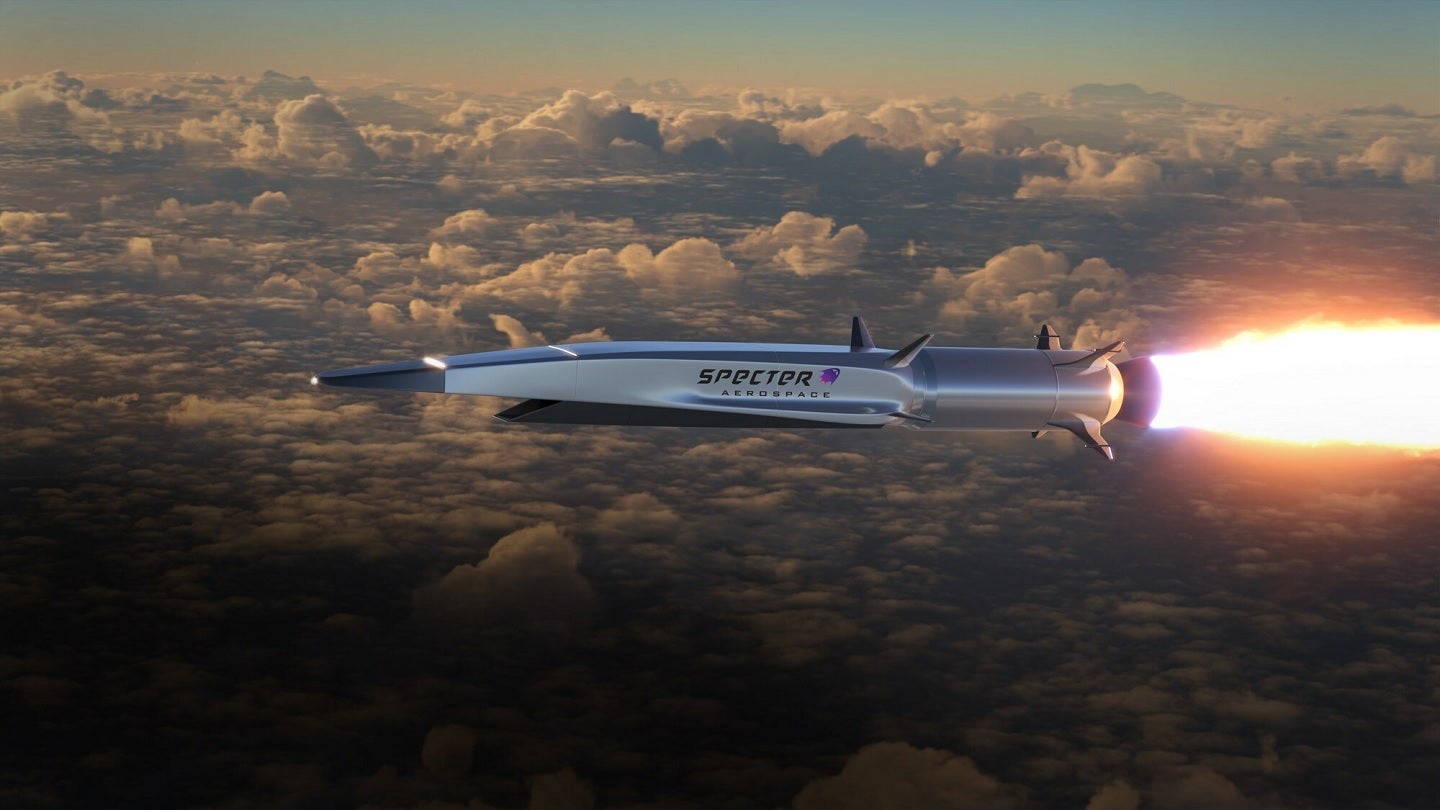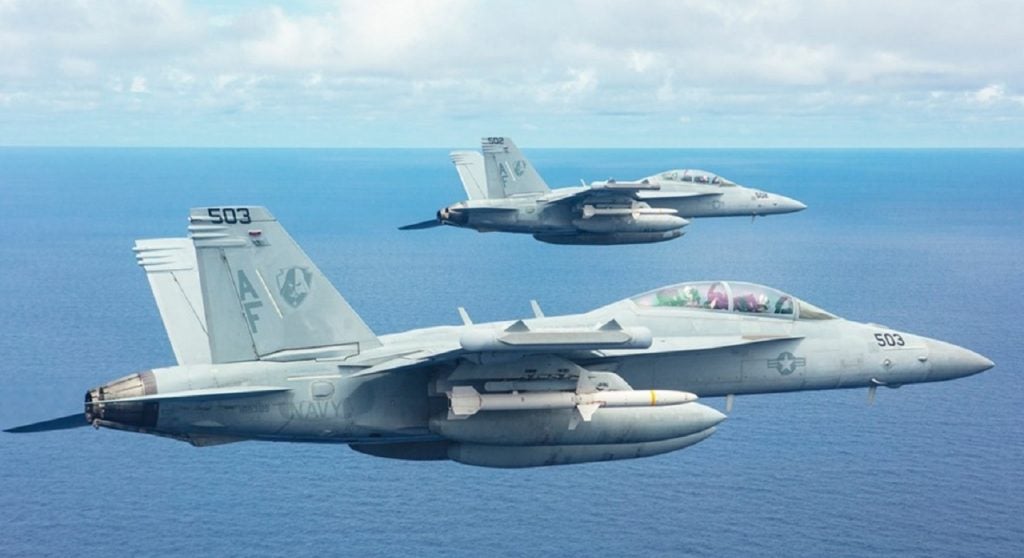
US-based aerospace propulsion specialists Specter Aerospace has received $9.5m in venture and US Department of Defense (DoD) funding, as Washington continues to explore ways to gain a technological advantage in the development of hypersonic weapon systems.
According to a 13 June release from Specter Aerospace, the previously undisclosed venture and DoD funding has come from various defence contracts and equity investments from CS Ventures and Mandala Ventures.
Specter Aerospace, based in the Boston, Massachusetts area, specialises in the field of plasma-assisted combustion and hypersonic propulsion.
Defence innovation in the US has fallen behind in key next-generation technologies to rivals China and Russia, particularly in the field of hypersonics and missile systems. To this end, Specter Aerospace, and other such companies, are attempting to introduce the concept of relevance at the speed of change, enabling more rapid development and upgrade of emergent technologies and defence systems.
The funding would assist the ongoing development of plasma-assisted combustion propulsion, enabling defence customers to “go farther and faster” on less fuel, stated Felipe Gomez del Campo, CEO of Specter Aerospace.
In addition, due to the latest investment and existing contracts with the DoD, Specter Aerospace expects to fly its first hypersonic demonstrator “within two years”, del Campo added.
How well do you really know your competitors?
Access the most comprehensive Company Profiles on the market, powered by GlobalData. Save hours of research. Gain competitive edge.

Thank you!
Your download email will arrive shortly
Not ready to buy yet? Download a free sample
We are confident about the unique quality of our Company Profiles. However, we want you to make the most beneficial decision for your business, so we offer a free sample that you can download by submitting the below form
By GlobalDataOf the announced funding, Quinten Stevens, general partner at CS Venture Opportunities Fund, said: “Plasma-assisted combustion is a critical component in hypersonic engines and Specter Aerospace’s technology is both strategically and vitally important to the United States in its development of hypersonic engines.”
Washington falling behind the hypersonic curve
With the US falling behind in hypersonic weapons development, Washington is playing catch-up as it attempts to provide the framework and funding required for the private defence sector to leverage its capabilities to level the field.
Both China and Russia have successfully tested hypersonic weapons, with Russia fielding the Kinzhal system against targets in Ukraine. Moscow’s testing of the Kinzhal goes back several years, completing more than 250 flights by 2018, according to reports.
China’s development of hypersonics is similarly advanced, if not more so, with the latest DF-27 sysem considered capable of penetrating US air defence networks. In 2021, according to reports senior US officials stated that a hypersonic test conducted by Beijing saw a missile travel “around the world”, demonstrating a previously unknown range capability.
Hypersonic missiles are able to travel faster than conventionally powered ballistic missiles, and generally able to reach a minimum of Mach 5 (approximately 3,400mp/h). At the upper end, such systems are designed to reach speeds of Mach 25—approximately 17,500mp/h, according to an Atlantic Council paper.
James Marques, aerospace and defence analyst at GlobalData, said the crucial aspect about plasma-assisted combustion was that it increases energy efficient, and that the US DoD had been “trending in general” towards diversifying contractors and supply chains.
However, US hypersonic programmes were “apparently running into some trouble”, according to Marques.
“I think these two points together tell us the DoD wants to be a bit more ‘exploratory’ for its options at this stage,” Marques explained.
Efforts by the US to develop hypersonic weapons capabilities have seen considerable investment poured in by defence primes, such as the AGM-183 Air-Launched Rapid Response Weapon (ARRW). Awarding a $480m development contract in 2018 to Lockheed Martin, the programme saw considerable funding committed by the US Government in subsequent years, including a near $1bn contract modification for the ARRW critical design review in 2019.
The US Air Force requested ARRW development funding totalling $382m in FY2021 and $581m in FY2022. By 2023, reports suggested that the US Air Force would not be buying the platform following the completion of all flight tests.





